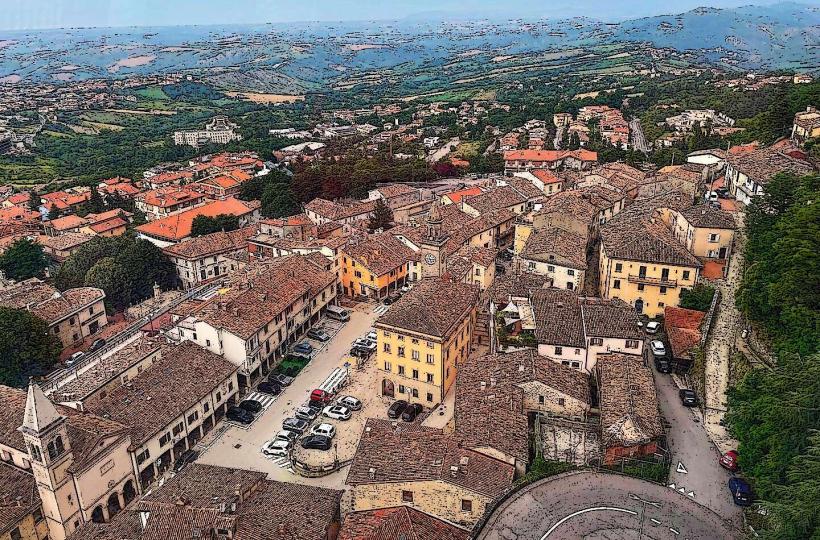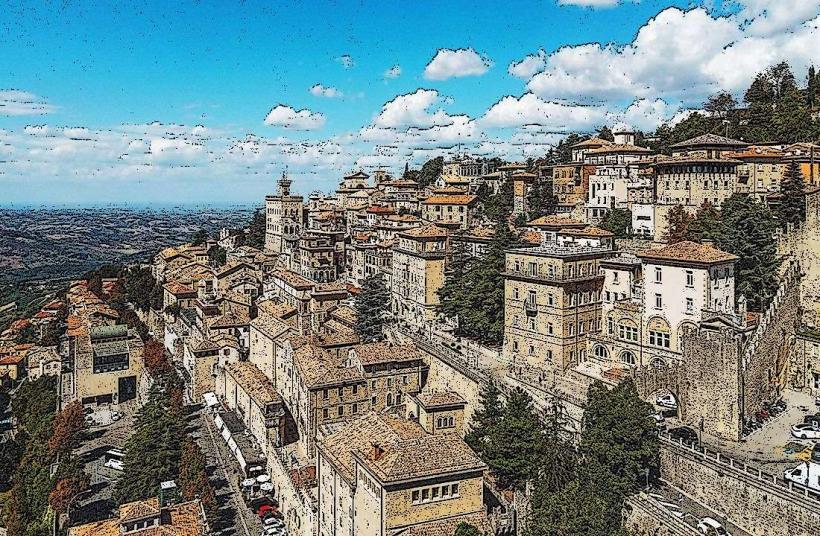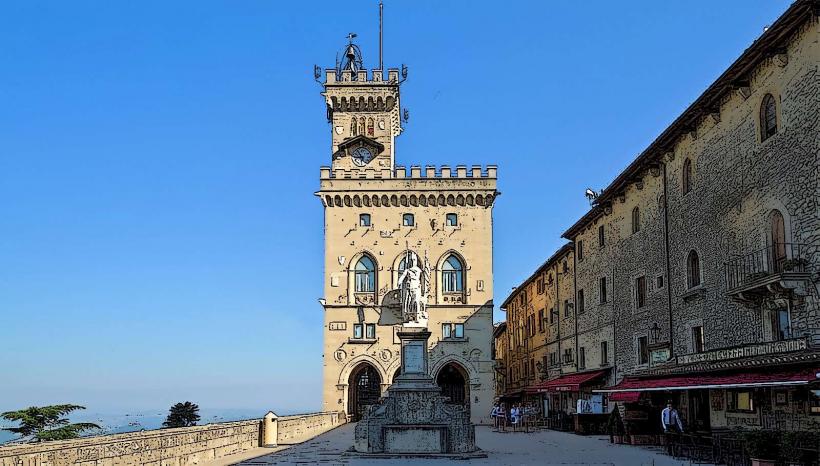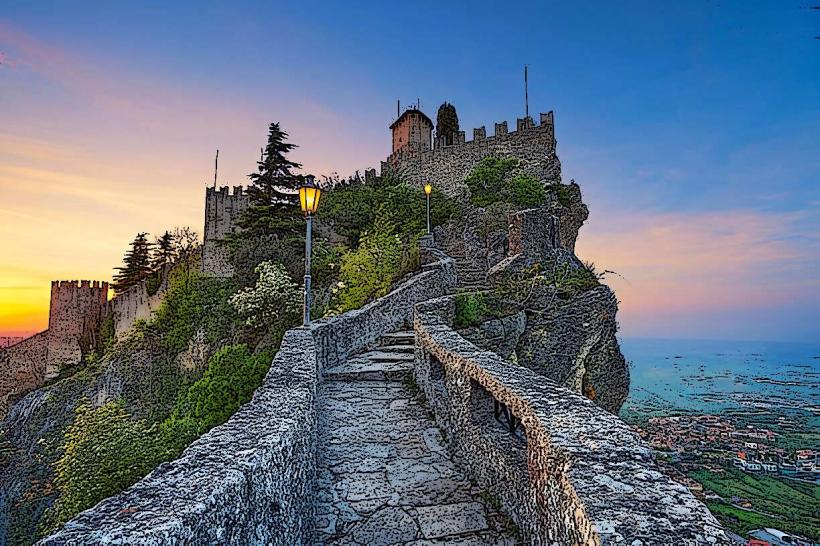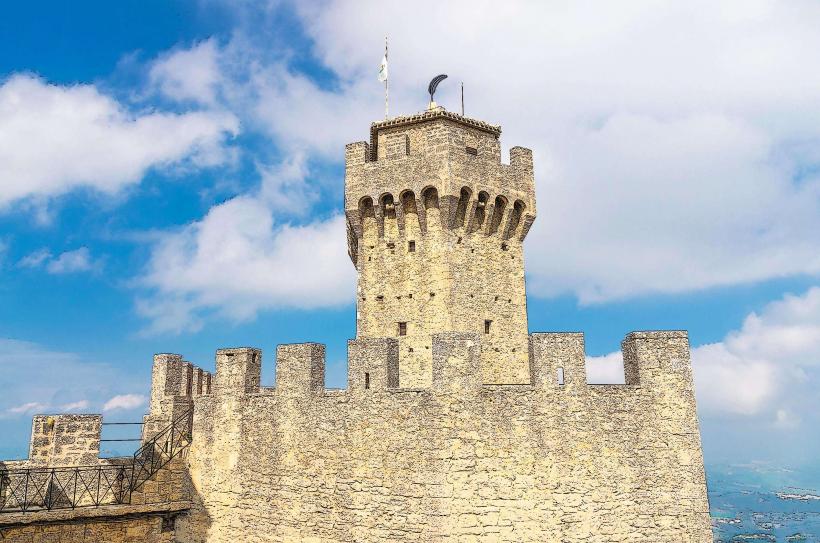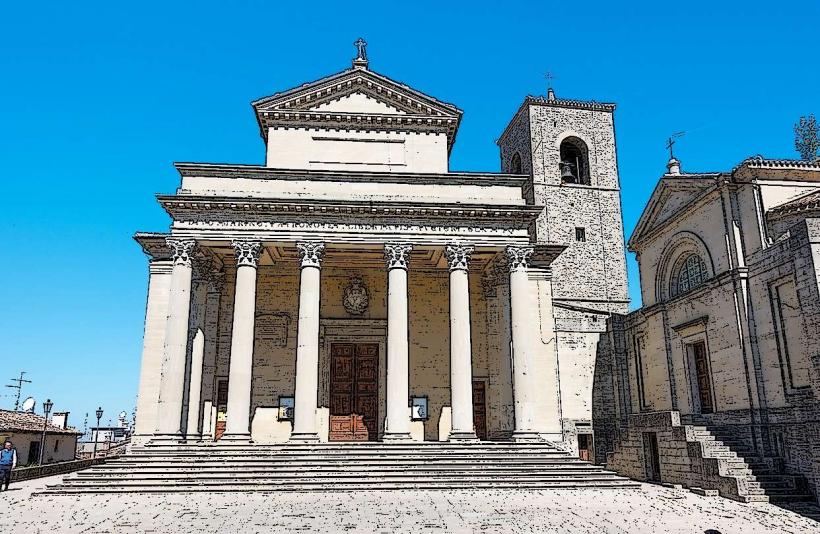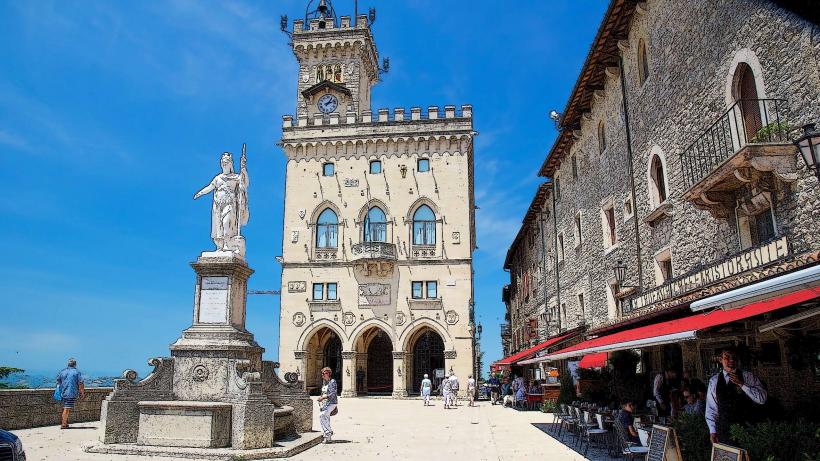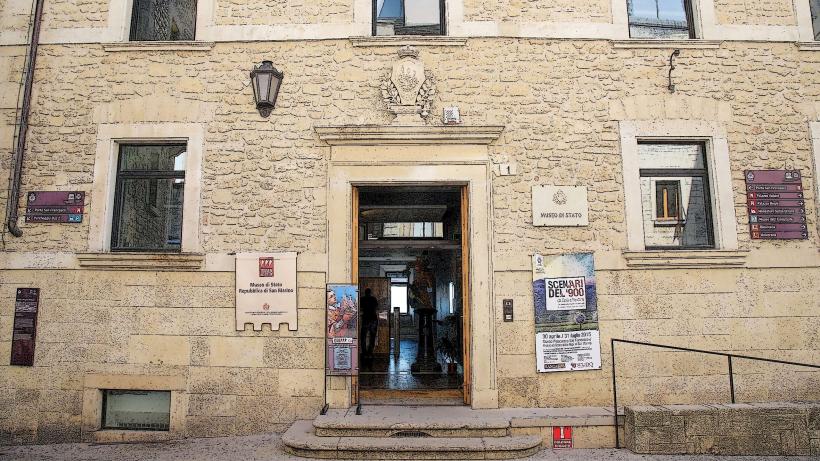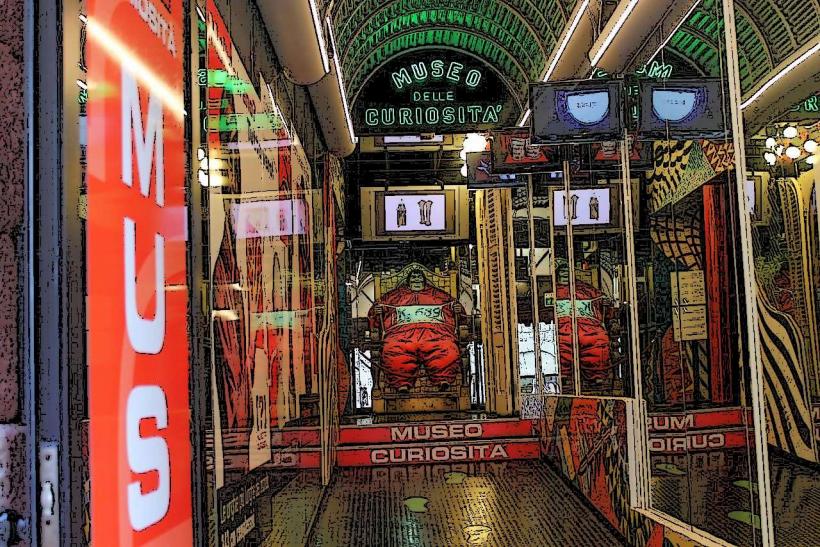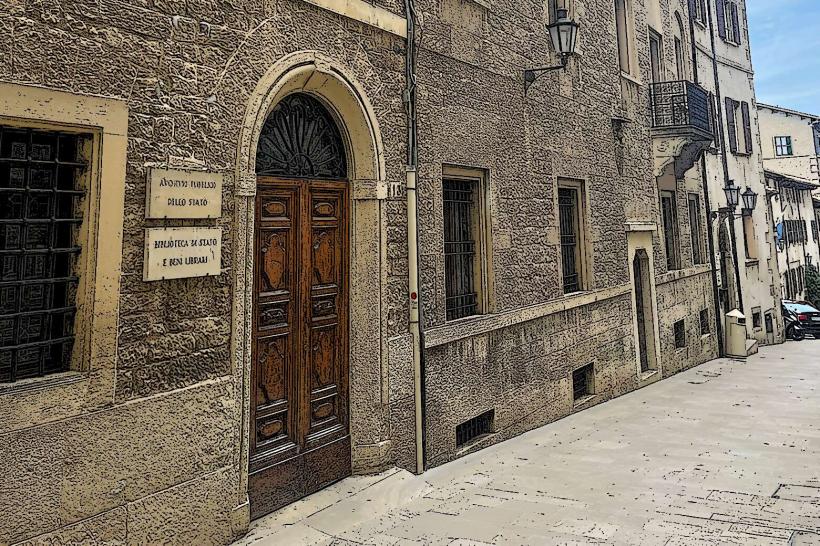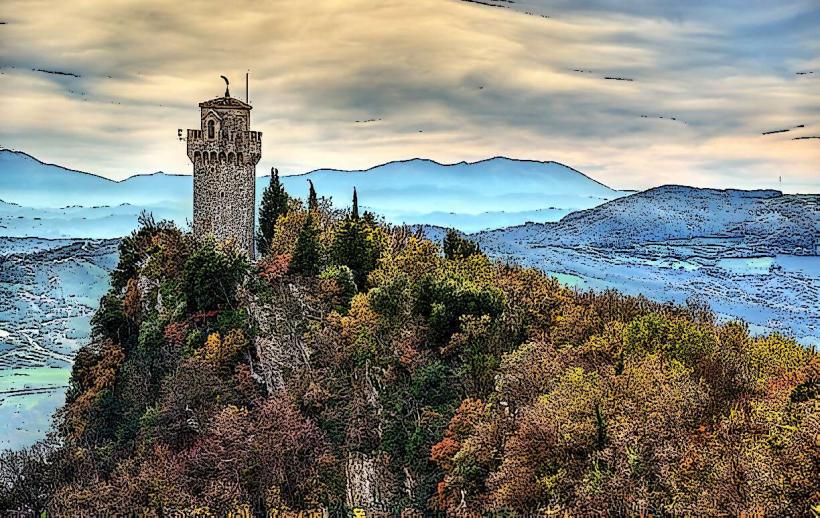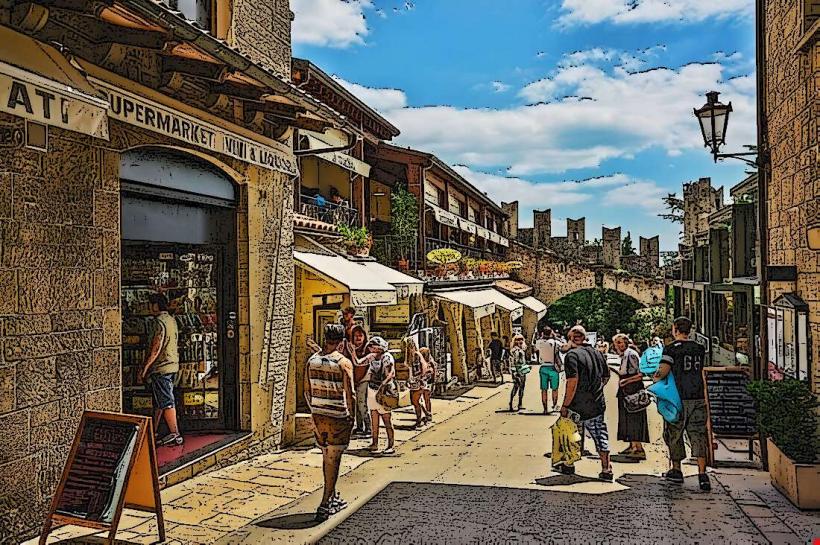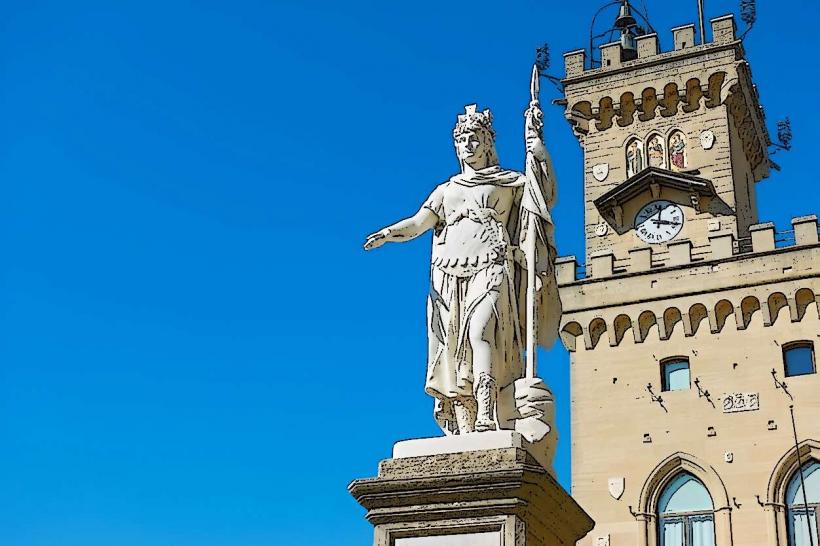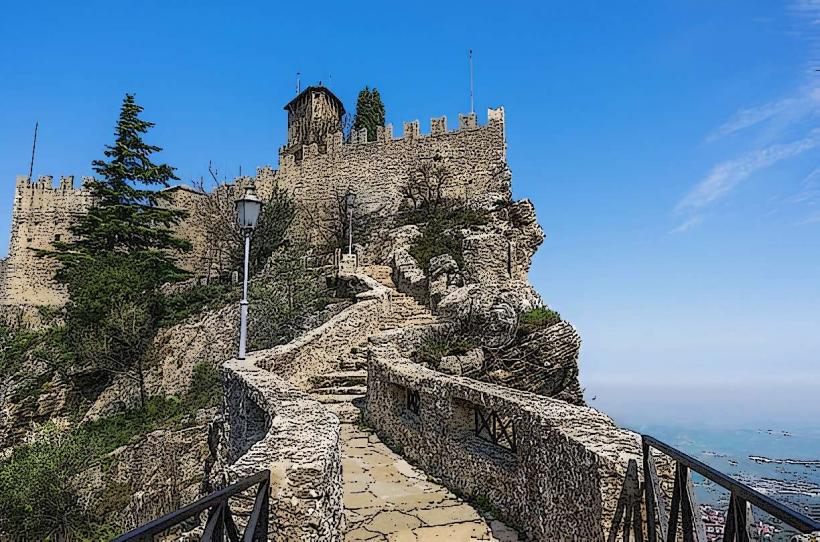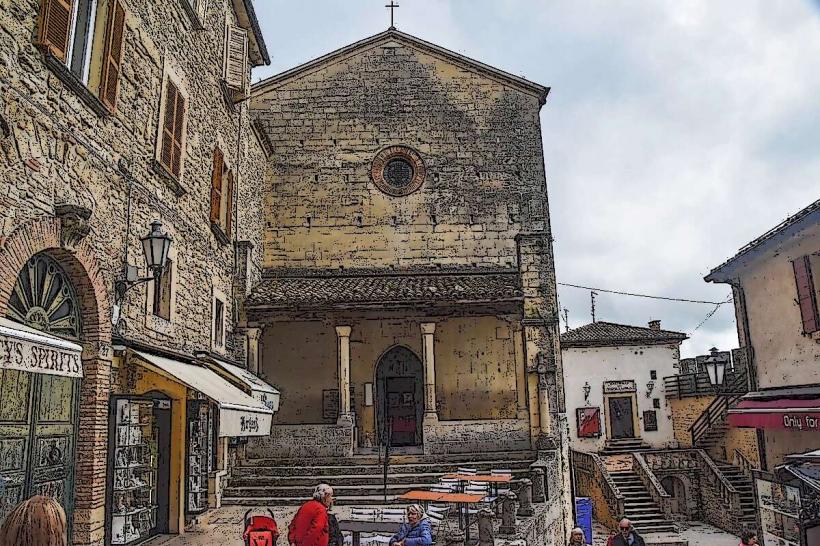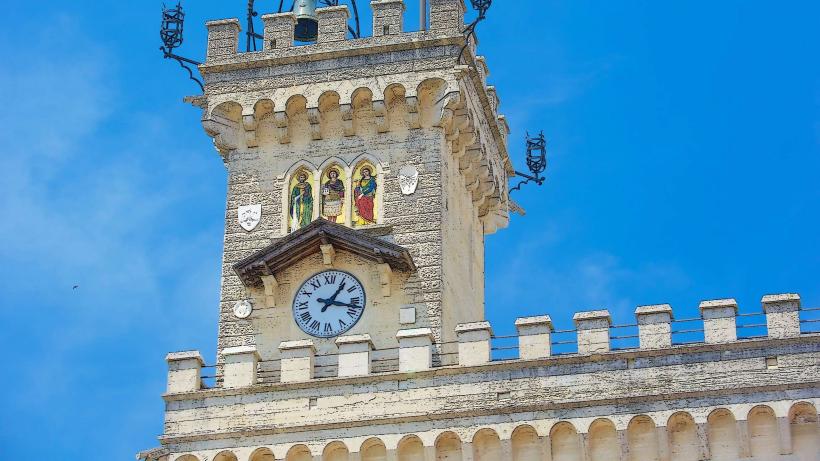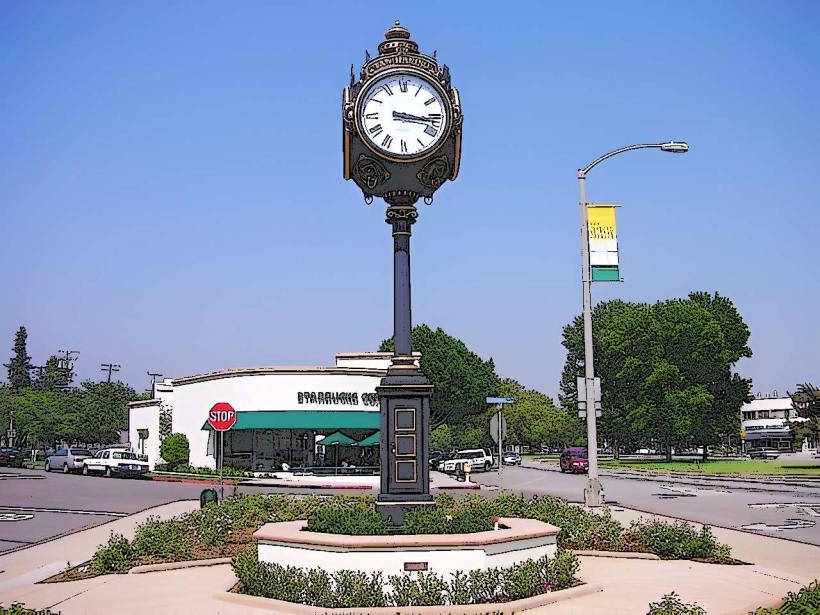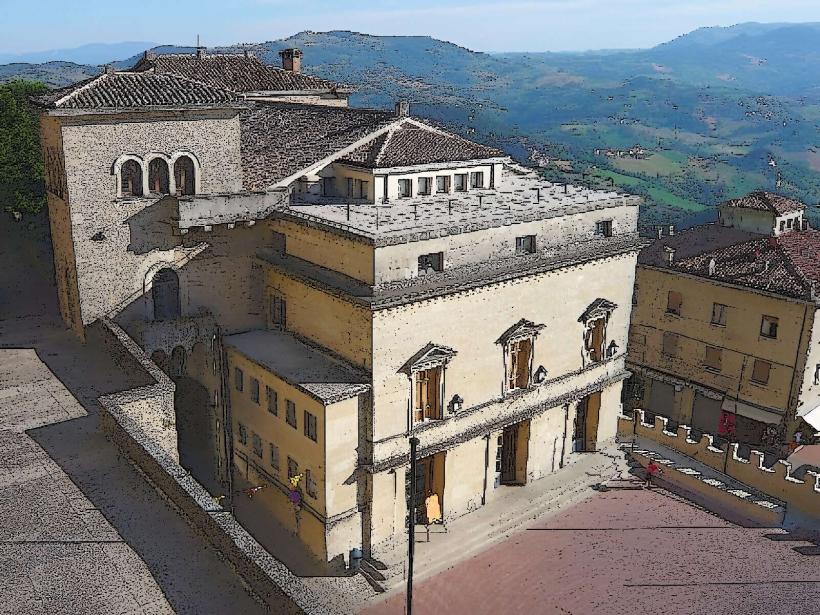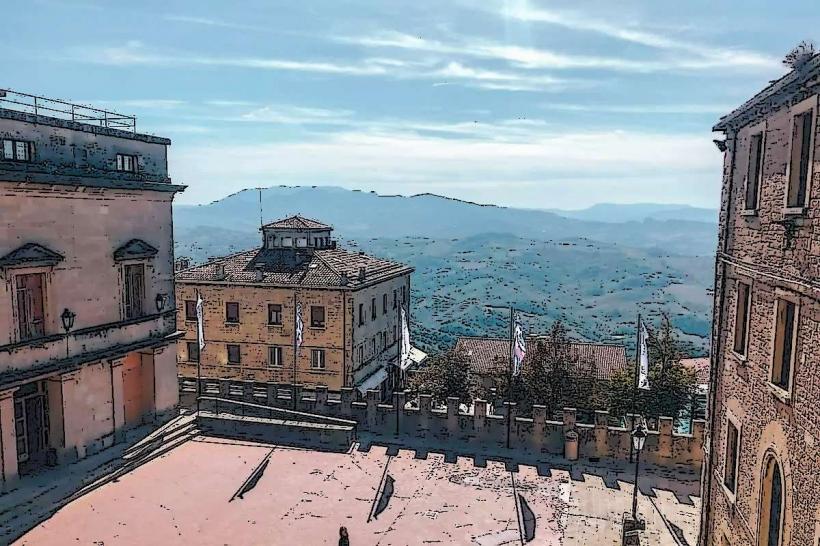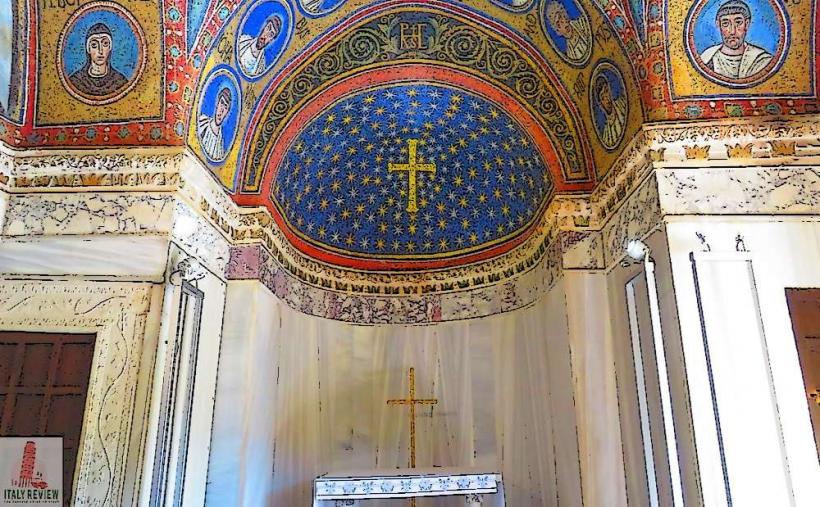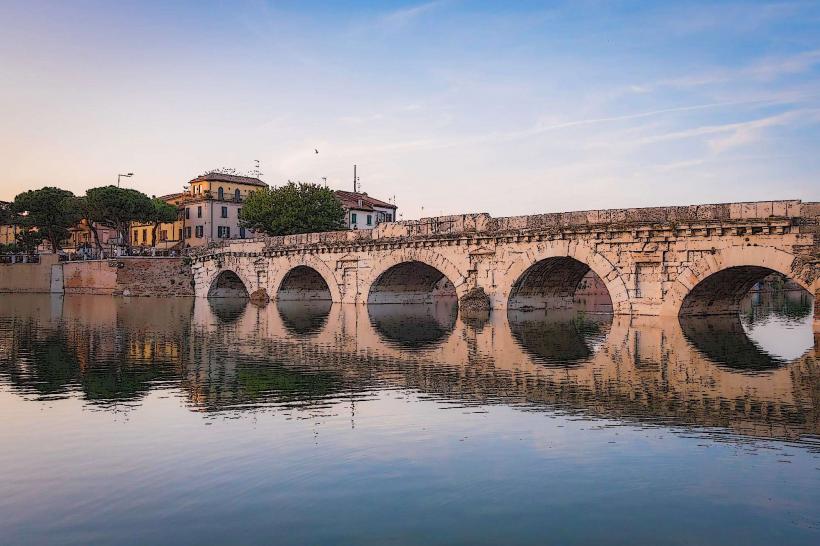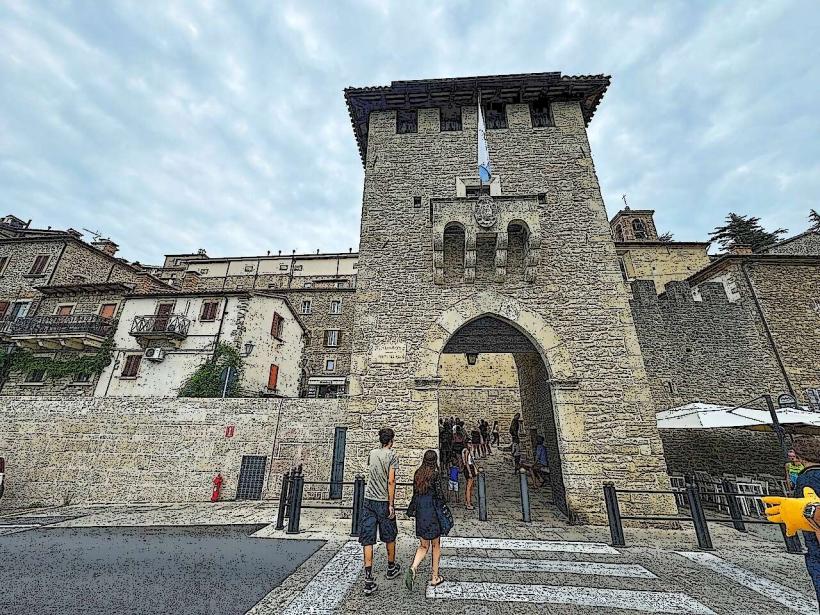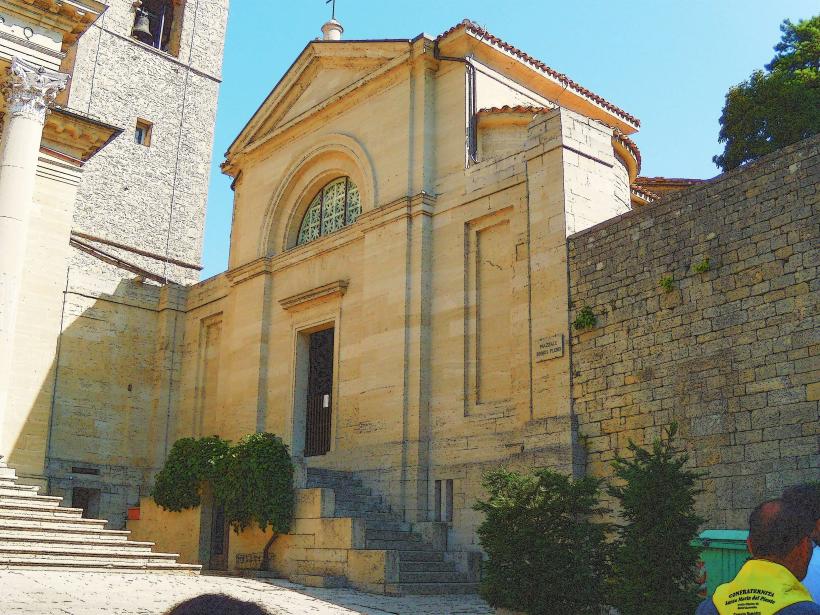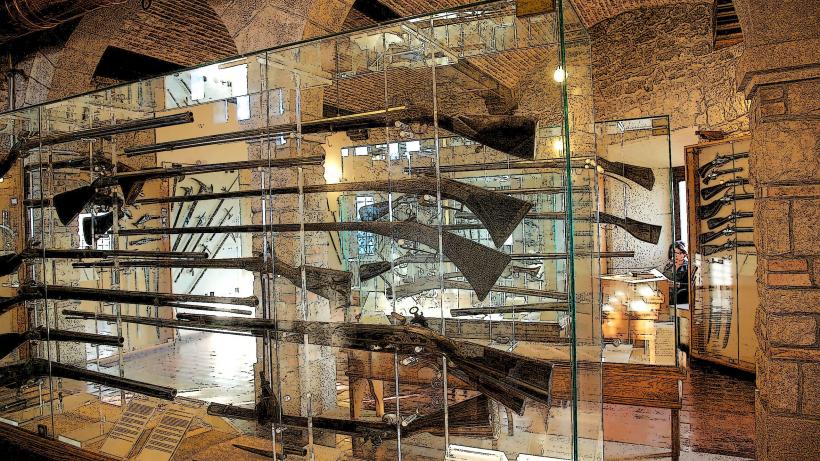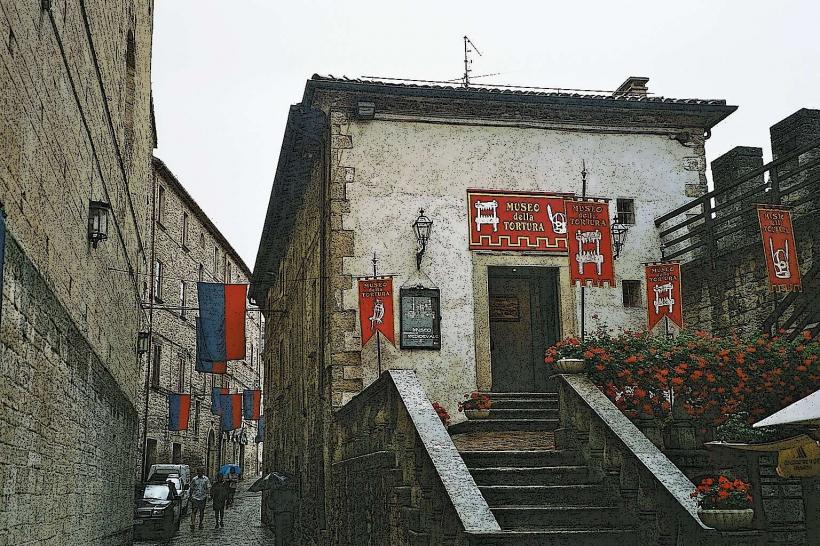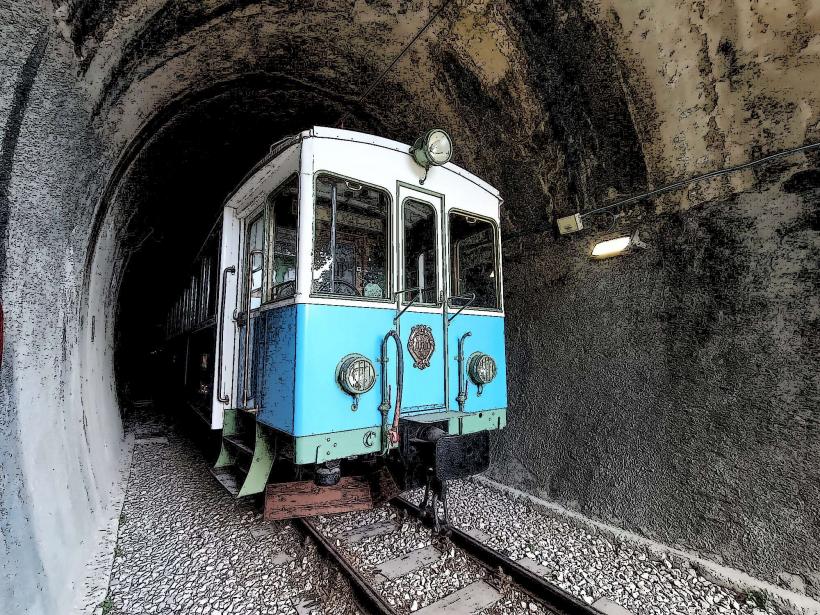Information
Country: San MarinoContinent: Europe
Location and Geography
San Marino is a landlocked microstate located on the Italian Peninsula, surrounded entirely by Italy. It is one of the world's oldest republics and is the third smallest country in Europe, after Vatican City and Monaco, with an area of just 61 square kilometers (24 square miles). San Marino is situated in the Apennine Mountains, with its highest point, Mount Titano, rising 739 meters (2,421 feet) above sea level. The terrain is mountainous and hilly, characterized by steep slopes and narrow valleys, offering stunning views of the surrounding countryside.
The country enjoys a Mediterranean climate, with hot, dry summers and mild winters, making it an attractive destination for both tourists and residents. San Marino’s small size and location give it a peaceful and tranquil atmosphere, despite being close to the bustling city of Rimini in Italy.
Population and Demographics
San Marino has a population of around 34,000 people, making it one of the least populous countries in Europe. The population density is relatively high for such a small territory, but the country is not overcrowded. The majority of the population is of Sammarinese descent, with a small percentage of residents being of Italian origin. The official language is Italian, and the majority of the population speaks it fluently. There are also small communities that speak dialects and languages from nearby regions of Italy.
San Marino has a relatively high standard of living, with residents enjoying a good quality of life, healthcare, and education. The country’s population is highly educated, and the country has a relatively low unemployment rate. The state’s identity is deeply tied to its historical roots and its status as one of the oldest republics in the world.
Government and Politics
San Marino is a republic with a unique form of government. It is a parliamentary representative democratic republic, with two heads of state known as the Captains Regent (Capitani Reggenti), who serve for a term of six months. The Captains Regent are elected by the Grand and General Council, San Marino’s legislature, which is made up of 60 members. These two heads of state hold executive power and share it equally, although the role is largely ceremonial.
The Grand and General Council is responsible for the legislative functions of the country, including passing laws, approving the budget, and overseeing government actions. The Council is elected every five years by the people of San Marino through a proportional representation system. The country also has a separate judicial system, with courts that operate independently from the executive and legislative branches.
San Marino’s political system is known for its tradition of stability, which has been preserved for centuries. The republic is one of the oldest existing constitutional republics, with a constitution that dates back to 1600. The country also maintains a policy of neutrality in international conflicts, remaining politically and militarily uninvolved in global affairs.
Economy
San Marino has a highly developed and diversified economy, despite its small size. The country’s economy is mainly driven by services, including tourism, banking, and insurance, as well as industries such as manufacturing and agriculture.
Tourism is a major contributor to the economy, with visitors attracted to San Marino’s historical sites, stunning mountain views, and charming medieval atmosphere. Tourists often visit for the day, traveling from neighboring Italy, although many also stay overnight. San Marino’s tax-free status is a significant draw for shoppers, with many tourists purchasing luxury goods and other products at competitive prices.
Banking and financial services also play an important role in San Marino’s economy. The country has developed a reputation for providing favorable banking regulations, attracting international investors and companies looking for financial privacy. However, the country’s banking sector is also regulated to comply with international standards on money laundering and transparency.
Industry and manufacturing in San Marino is small but well-developed, with a focus on producing high-quality goods. The country is known for manufacturing ceramics, textiles, and machinery, with companies producing specialized equipment and luxury goods. Additionally, San Marino exports some agricultural products, including wine, olive oil, and cheese, to neighboring countries.
The country’s agricultural sector is limited due to its small size and mountainous terrain, but it still contributes to the local economy. San Marino produces some grains, vegetables, and fruit, and its wine is particularly popular.
Culture
San Marino’s culture is deeply influenced by its long history, which spans over 1,700 years. The country has a rich tradition of arts, literature, and music, and it maintains many cultural practices that have been passed down through generations. San Marino is known for its folklore, traditional festivals, and public celebrations, which are an important part of national identity.
One of the most significant cultural events is the Feast of San Marino, which celebrates the country’s patron saint, St. Marinus, and its founding. This event is held annually and includes processions, fireworks, and cultural performances. Other important events include national festivals, concerts, and art exhibitions, which showcase the country’s cultural heritage.
San Marino is home to a number of cultural institutions, including museums, galleries, and theaters. The Sammarinese Philharmonic Orchestra is a key cultural institution, performing throughout the year, and there are also theaters that host plays and concerts.
Education and Healthcare
San Marino has a strong education system, with both public and private schools offering a wide range of subjects. The education system is based on the Italian model, with children attending school from the age of six to the age of 18. Higher education is available through local institutions, and many students also attend universities in Italy or other nearby countries.
The country’s healthcare system is well-regarded, with universal healthcare coverage for all residents. San Marino has a hospital that provides general medical services, and there are also specialized clinics for certain medical fields. The healthcare system is funded through a mixture of public contributions and government funding, and the quality of care is high.
Transportation
San Marino has a well-developed transportation network, although due to its small size and mountainous terrain, there are no airports or major railway stations. The country is connected to the Italian road network, with a number of highways and roads linking it to cities such as Rimini and Bologna. Bus services are available for local transport, and many visitors travel to San Marino by car from nearby Italian cities.
While the country lacks a major airport, the closest international airport is in Rimini, Italy, which is about 30 kilometers (19 miles) away from the capital. Other nearby airports in Bologna and Ancona also provide international connections.
Environment and Sustainability
San Marino places a strong emphasis on preserving its natural environment and maintaining sustainable practices. The country’s mountainous terrain and natural landscapes are carefully protected, with national parks and protected areas providing habitats for local wildlife. San Marino has been involved in various environmental initiatives, including promoting green energy and sustainable tourism.
The country also takes steps to reduce its carbon footprint and has implemented policies to protect its air and water quality. In recent years, there has been growing interest in environmental sustainability, and San Marino has worked to develop eco-friendly infrastructure and green technologies.
International Relations
San Marino is an active member of the international community, participating in organizations such as the United Nations and the Council of Europe. While it is not a member of the European Union, the country maintains close relations with Italy and other European nations. San Marino also has bilateral agreements with Italy regarding defense, customs, and taxation.
Due to its neutrality and peaceful policies, San Marino plays a role in promoting diplomacy and international cooperation. While the country does not have a large military force, it maintains a small military for ceremonial purposes and to provide security.
Modern Identity and Challenges
San Marino is proud of its status as one of the oldest republics in the world and its rich historical heritage. While the country enjoys political stability and a high standard of living, it faces challenges related to its small size, dependency on neighboring Italy, and reliance on tourism and finance.
The country has successfully adapted to modern trends, embracing technology, tourism, and financial services while preserving its cultural identity. Its status as a sovereign microstate with a unique political system continues to attract attention from around the world.

